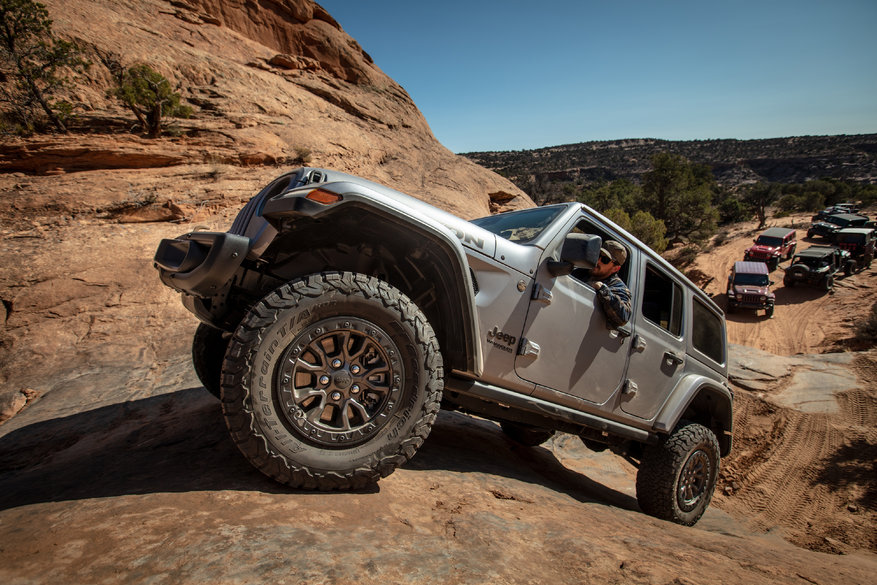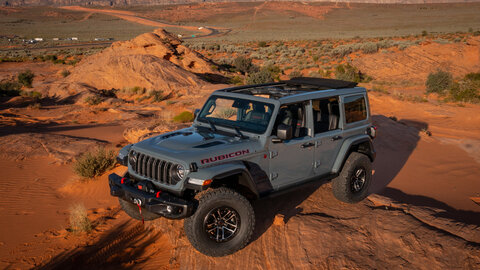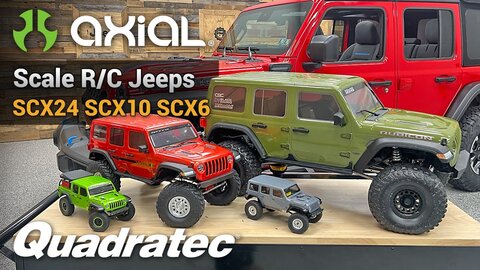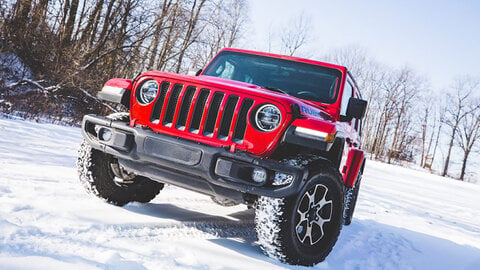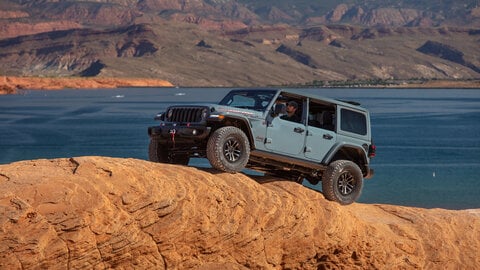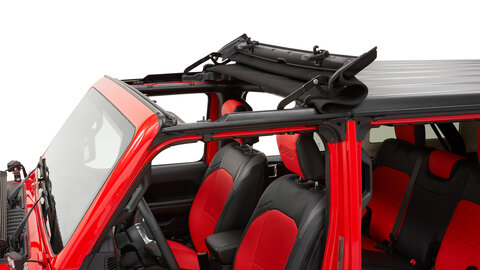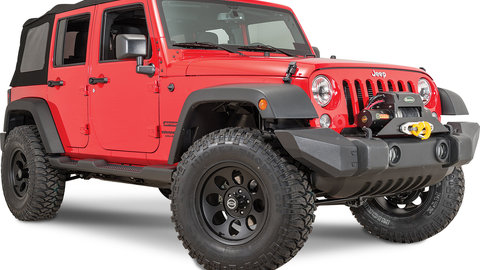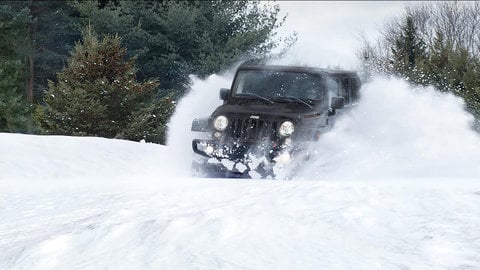by Matt Konkle
Torque Managing Editor
Miles are an essential part of every vehicle's life. Like years on a person, you can use miles to gauge a bunch of things, including when to change the oil or top off other fluids, when to look at replacing brakes or worn driveline components, as well as when to swap out those tires.
The longer you wait, the more something could happen that leaves you stranded somewhere. Especially with tires.
It doesn't even need to be something with the tread either. You may notice that there is plenty of grab on that rubber, but they are making way more noise than they should.
And that is when someone asks when you last rotated those tires.
Rotated?
Yes.
Now, this issue may seem silly and something obvious to some, but there are plenty of examples out there of those who buy a Jeep and never plan to think about tires again until they are worn down. Sure, slapping on all kinds of aftermarket products to your Jeep will make it perform better, but ignoring tires is just like ignoring your feet on a long hike.
See, miles do not just grind down a tire's tread, they also cause rubber to wear unevenly no matter if it is pavement driving only, or a mix of street and trail. As those miles accumulate, the wear gets worse if left alone. This is especially true for those who swap out the factory street tires for something with a softer, knobbier rubber compound like larger all-terrain or mud-terrain versions.

It isn't hard to tell when someone either does not rotate their tires, or doesn't rotate them properly. Just listen for the sound. Tires that remain in static locations for tens of thousands of miles at a time, especially front tires, develop all kinds of wear issues that are reflected in a harsh, repeated smack on every tire spin. Needless to say, this significantly decreases a tire's life and could even cause a safety issue if ignored. So, to avoid this issue, a regular inspection and rotation of your Jeep's tires is absolutely recommended.
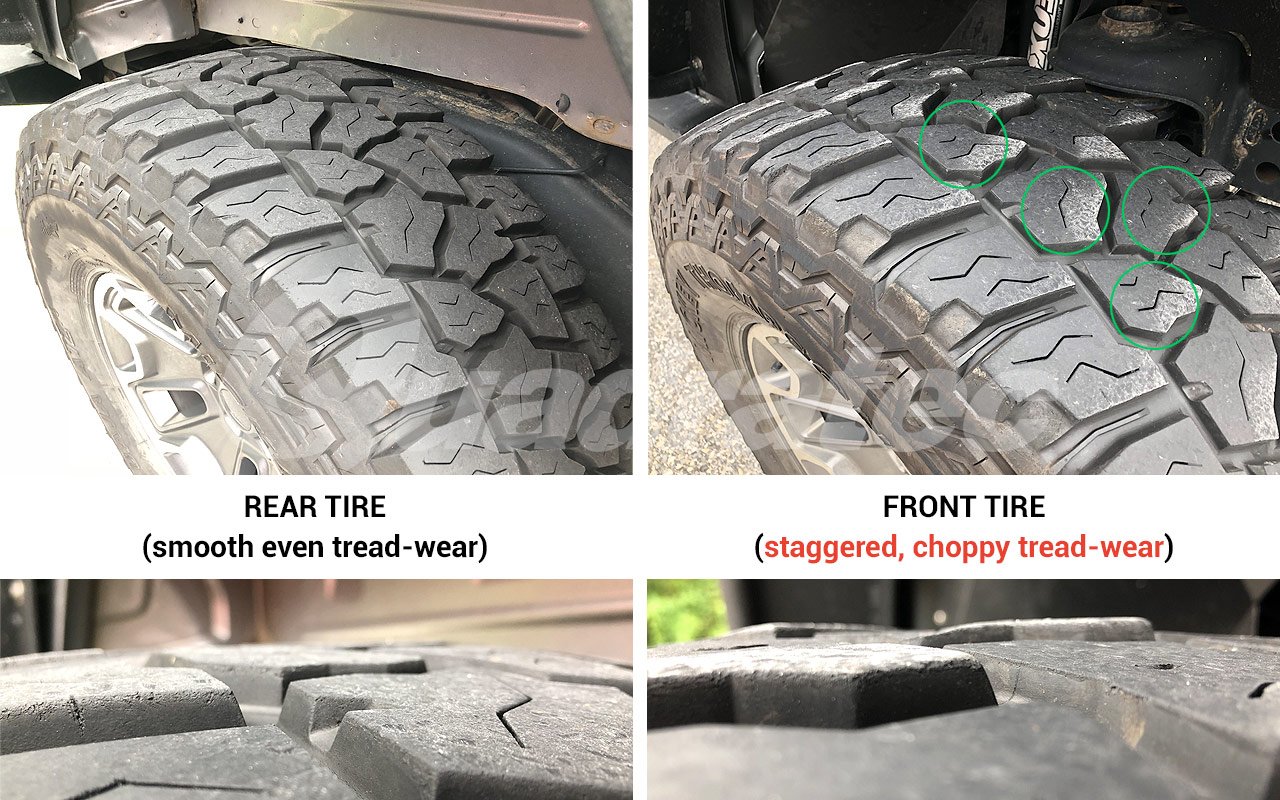
After spending some time driving and checking your tires for wear, you'll eventually notice your front ones will start showing signs of uneven tread lugs or less tread on the outer edges due to those being the steering tires. It's certainly natural for the fronts to wear faster than the rears for this reason, as the rear tires are stationary and will only wear poorly if other factors are present — like unbalanced wheels or improper tire inflation. So get in the habit of visually checking your tires, and not relying on the vehicle's TPMS (tire pressure management system) to let you know if there is a problem. A simple glance, or light sweep of the hand over the top of the tread, will allow you to see and even feel for possible staggering lug patterns, low sidewall tread and low pressure. Tires are expensive, and these type of checks can help you keep them road-worthy as long as you can.
To keep those tires fresh and long lasting, a good maintenance plan is to rotate tires every other oil change, between 6,000-9,000 miles, or around 6 months — whichever comes first. What this involves is removing each wheel from the vehicle, and repositioning at a different location. Some owners manuals do provide a specific rotation scheme, which is especially important to follow for AWD (All-Wheel-Drive) equipped transmissions that supply power to all four wheels all the time.
Generally, AWD vehicles involve swapping front and rear sides when rotating. In other words, front driver to back passenger, and passenger front to driver rear. On front wheel drive vehicles, move the front tires to the same rear positions, then take the back driver to front passenger, and rear passenger to front driver.
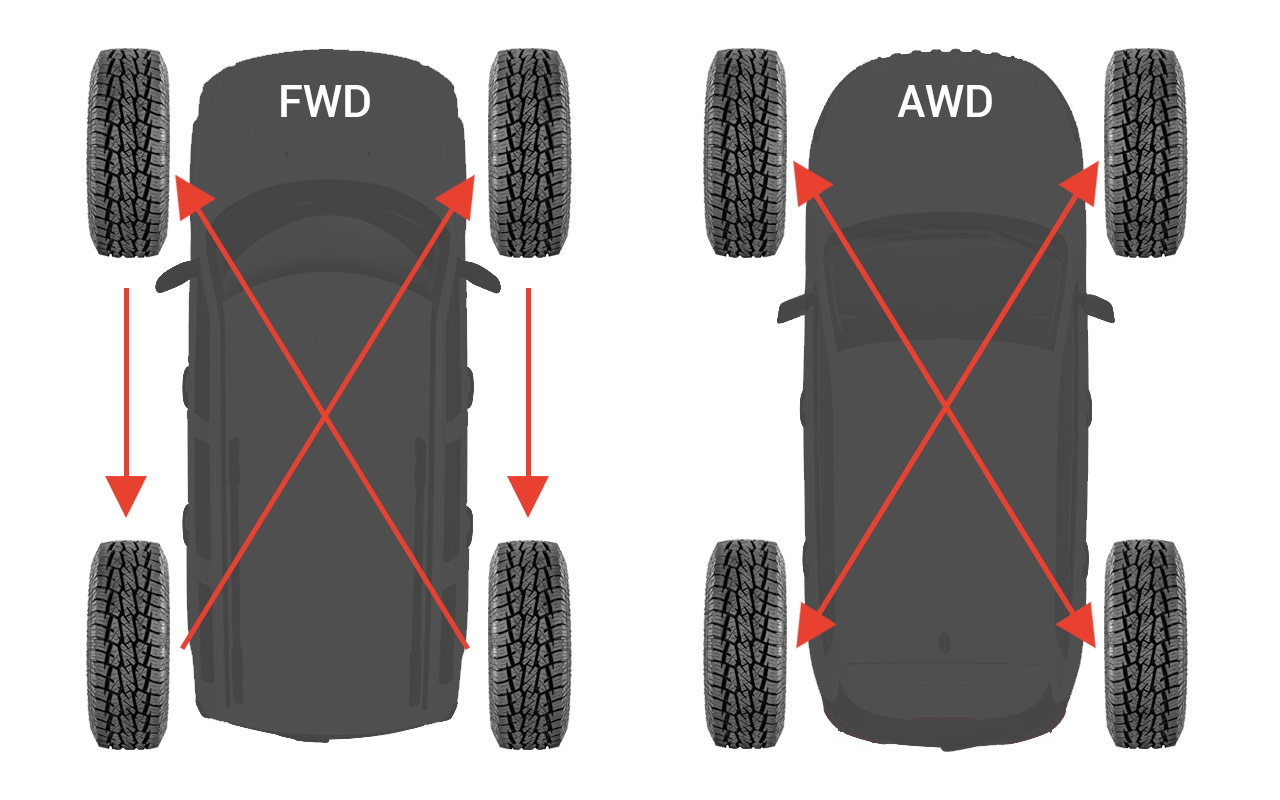
For Jeep vehicles equipped with a four-wheel drive system, the best way to rotate without using a spare, is to pull off the tires and move each front tire to the opposite rear mounting position: front driver to rear passenger/front passenger to rear driver. Rear tires then move up to the same side driver position: rear driver to front driver/rear passenger to front passenger.
If you plan to mix the spare tire into the rotation, simply move the front tires to the same corresponding rear tire position, put the rear driver tire in the spare spot, move the spare to front passenger and back passenger to front driver.
Simply put, this kind of 'modification' can't be understated, and you'll thank yourself by driving on tires that are well maintained, and performing exactly how the manufacturer intended.
Related Articles:
What Are The Differences In Jeep Seat Cover Materials












